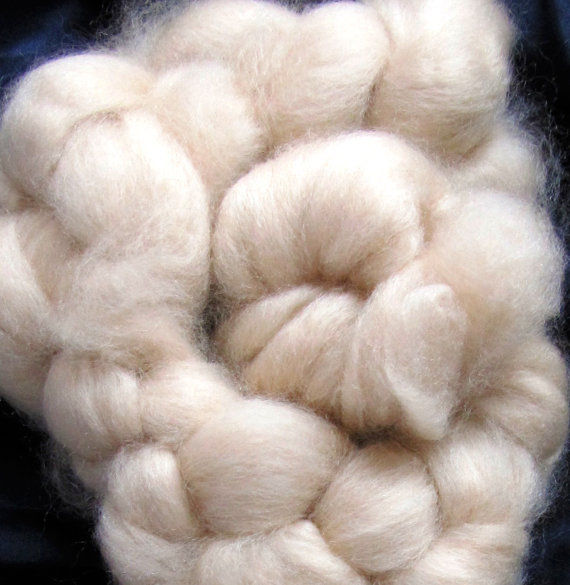How is cashmere Fibre Produced and Why Is It So In Demand?
How is cashmere Fibre Produced and Why Is It So In Demand?
Blog Article
Factors You Must Need Cashmere an All-natural Fiber for Comfort and Beauty in Everyday Use
In the world of textiles, couple of fibers rival the high-end and convenience of cashmere. This unique product, known for its exceptional softness and insulation, provides unparalleled convenience and beauty for everyday wear. What establishes it apart from various other fibers? How does it affect the atmosphere and just how does it contrast to synthetic options? How can one best utilize cashmere to elevate their style? These intriguing questions lay the foundation for an enlightening expedition right into the globe of cashmere.
Comprehending the Lavish Nature of Cashmere

Examining the Convenience Aspect of Cashmere Clothes
What top qualities underline the convenience factor of cashmere garments? The soft qualities of cashmere is the initial top quality to consider. Its luxurious appearance makes it seem like a second skin, supplying warmth without the weight or irritation connected with other wool products. Additionally, cashmere's one-of-a-kind fiber structure enables breathability, controling temperature and avoiding getting too hot. The material's flexibility and toughness make sure that it molds versus the body pleasantly, maintaining its shape gradually. Cashmere's hypoallergenic residential properties likewise contribute to its convenience, making it an ideal selection for delicate skin. The capacity to layer cashmere pieces without bulkiness enhances the comfort variable. In significance, the comfort of cashmere is originated from its soft qualities, breathability, sturdiness, hypoallergenic nature, and adaptability.

The Ecological Effect and Sustainability of Cashmere
While the comfort and sophistication of cashmere are unquestionably appealing, it's equally important to consider its partnership with the atmosphere. Cashmere manufacturing, largely in Mongolia and China, entails raising cashmere goats, which can substantially stress delicate meadow ecological communities due to overgrazing. This can cause desertification, a pushing ecological concern. The handling of cashmere, involving washing and dyeing, can also contribute to water pollution if not effectively taken care of. Efforts are being made to establish sustainable cashmere manufacturing methods, such as rotational grazing and cleaner handling methods. While cashmere has ecological impacts, its sustainability largely depends on production practices.
Comparing Cashmere to Synthetic Fibers: A Cost-Benefit Evaluation
Despite its environmental obstacles, cashmere provides a special set of benefits over artificial i was reading this fibers. On the price side, cashmere is unquestionably more pricey as a result of its labor-intensive manufacturing procedure. Yet, the benefits make it worth the financial investment. Cashmere's natural fibers offer exceptional softness and warmth, equating into convenience that artificial fibers battle to match. Cashmere pieces are very durable, promising longevity that offsets initial prices over time. Unlike synthetic fibers, cashmere does not add to microplastic air pollution, making it a more lasting option. In contrast, artificial fibers, while cheaper upfront, offer much less convenience, have shorter life expectancies and position ecological concerns. Thus, when assessing cost-benefit, cashmere's exceptional qualities make it a worthwhile financial investment for daily wear.
Designing Tips With Cashmere for Everyday Elegance
Having actually considered the cost-benefit evaluation of cashmere contrasted to artificial fibers, it ends up being clear his response why this glamorous material is a popular choice for numerous. When styling cashmere for daily style, simpleness is essential. A cashmere sweatshirt, as an example, can be coupled with tailored pants or a sleek skirt for a chic, put-together appearance - cashmere fibre. For a more informal set, a cashmere cardigan put on over a basic tee and denims exhibits simple and easy design. Devices can further raise the appearance: a declaration necklace or headscarf can include a pop of color to a neutral cashmere piece. Ultimately, the inherent style of cashmere makes it a flexible addition to any type of closet, easily boosting everyday clothing with a touch of luxury.

Conclusion
In addition, cashmere's sustainability and reduced environmental effect compared to artificial fibers further improve its allure. Spending in cashmere garments is a rewarding choice for style, sustainability, Web Site and convenience.

Report this page